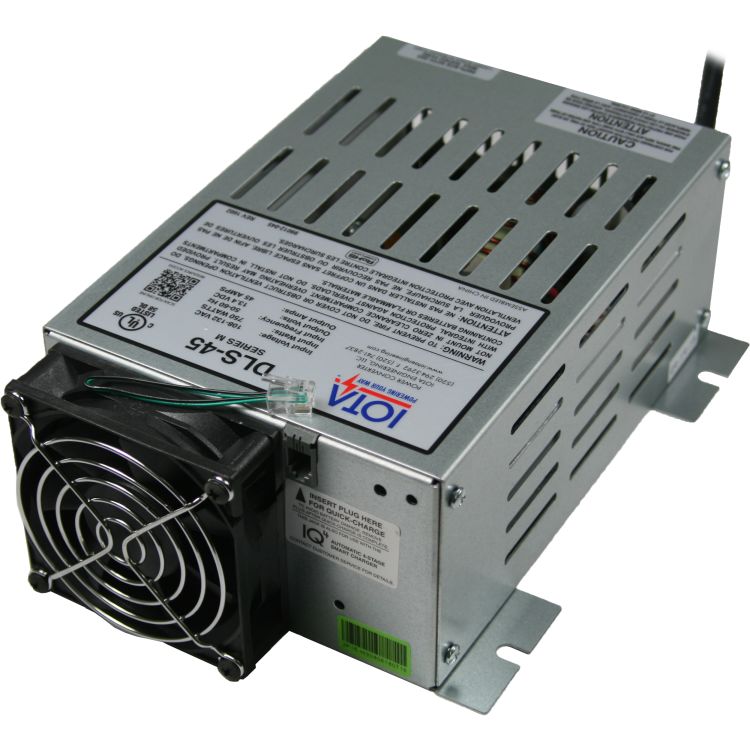
Hybrid microgrids of DC voltage provide the possibility of obtaining additional energy. This can be achieved by using additional renewable energy sources and energy storage (Marra 2013).

AC or with other DC voltage levels.įast battery charging systems for autonomous electric work machines should be integrated with industrial power networks in such a way as not to increase the electricity demand of the power system. It is possible to use the proposed solution in other microgrids, e.g. Other voltage levels require additional conversion. It was assumed that the industrial plant's AC power grid has the parameters of 3 × 400 V/50 Hz. 7.Ī 600 V DC network was proposed, because it is possible to supply this voltage directly to the DC circuits of low-voltage drive FCs. The concluding remarks are given in Sect.

Sections 5 and 6 provides the simulation results and the experimental tests of DC/AC/DC converter. Sections 4 and 5 describe respectively the Li-ion battery set with DC/DC converter and usage of drive FCs as a DC/AC/DC converter for fast charging of EV batteries. 2 and 3 describe respectively the local DC microgrid in the industrial plant and the integrated circuits in drive FCs to modifying and implementing in EV battery charging stations. The paper is organized as follows: Sects. Lack of side disorders in the PWM modulation of the inverter – Differential-Mode (DM) and Common-Mode (CM) voltages caused by rectifying the AC voltage in the built-in rectifier in the integrated circuit-allows the distribution of DC energy through cable carts or dedicated DC voltage lines to distant charging stations for work machines' batteries. The proposed solution allows the supply of DC energy to recharge the battery directly to the distributed charging places of working machines' batteries. The paper proposes the use of power integrated circuits used in drive FC to develop a DC/AC/DC voltage converter for fast and ultra-fast charging of EV batteries. To ensure constant current of battery charging, the inverter control system sets the appropriate PWM modulation factor value and thereby controls the basic harmonic's effective value of the rectified voltage. to 500 Hz, to minimize the alternating components in the rectified voltage. During battery charging, the drive converter increases the basic harmonic's frequency of the rectified three-phase voltage, e.g. The paper proposes the use of 6-diode rectification to obtain a constant voltage of battery charging, attaching to the PWM inverter of drive FC. While charging with 3C or higher current is ultra (super) fast charging, then the battery is charged in 20 min (GW 2020). 200 Ah means 1C = 200 A), according to the authors, it means fast charging, where the battery is charged in 1 h.

Battery charging with a current of 1C (the value of the charging current resulting from the battery capacity specified in Ah, e.g. For this purpose, the functionality of drive FCs was expanded to the function of fast charging according to a given charging strategy. The authors decided to use the existing industrial plant power supply system to develop a battery charging station for autonomous mobile work machines. The plant's AC network supplies energy to these converters and is equipped with safeguards appropriate for their nominal power. It can be argued that drive FCs are evenly distributed over the entire working surface of an industrial plant. Usually, each high-power motor is powered by an individual frequency converter (Danfoss 2020). Low-voltage FCs reach powers of 2 MW and are located in the vicinity of motors, e.g. In industry, drive frequency converters (FCs) are commonly used to power induction motors of adjustable speed. The use of artificial intelligence and machine learning algorithms to control work machines is already found even in household appliances. Battery powered electric machines meet stringent ecological requirements, safety and unattended operation. It is expected that the participation of people and classic machines powered by internal combustion engines in the principles of mining, agriculture and many other onerous workplaces will be replaced by electric autonomous work machines. The location of the fast battery charging station in the immediate surroundings of the workplace of work machines reduces the time required to charge their battery. Lack of air pollution, quiet operation and limited heating of the environment are the basic features enabling the use of mobile machines powered by energy accumulated in the battery in many industries.

The infrastructure for fast charging of large-capacity batteries of autonomous work machines is an important factor for their widespread use in industry.


 0 kommentar(er)
0 kommentar(er)
